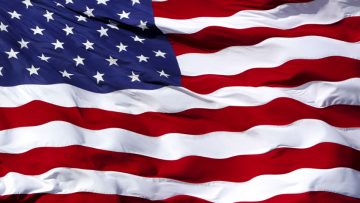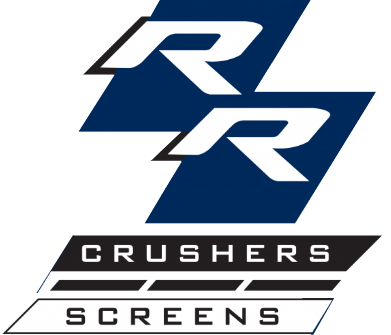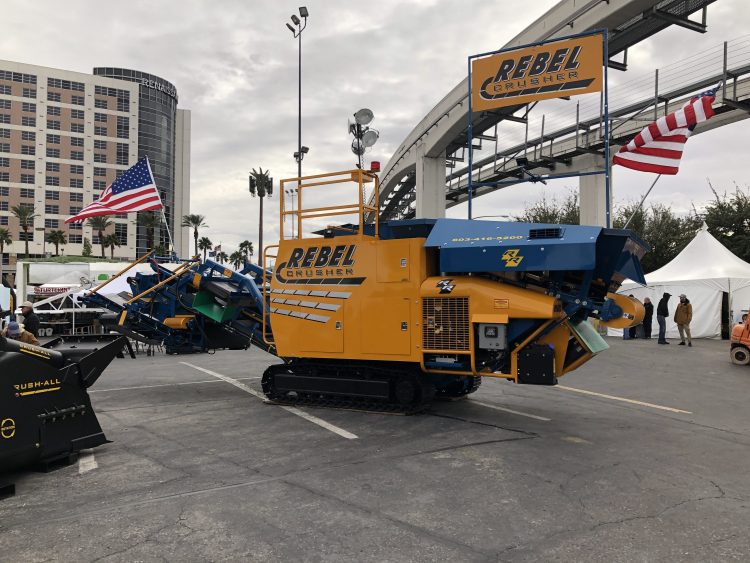
Selling ‘American-Made’ Products? What Businesses Need to Know About Making Made in USA Claims
Consumers who see “Made in USA” on a product expect the claim to be truthful and accurate. Since the terrorist attacks of September 11, news reports suggest that consumers are more sensitive to “Made in USA” claims and more interested in buying American-made goods.
According to the Federal Trade Commission, “Made in USA” means that “all or virtually all” the product has been made in America. That is, all significant parts, processing and labor that go into the product must be of U.S. origin. Products should not contain any — or only negligible — foreign content. The FTC’s Enforcement Policy Statement and its business guide, complying with the Made in USA Standard, spell out the details of the standard, with examples of situations when domestic origin claims would be accurate and when they would be inappropriate. See ftc.gov/os/statutes/
Here’s how the FTC evaluates “Made in USA” claims in product advertising, labeling and packaging:
For most products: Unless the product is an automobile or a textile or wool product, there’s no law that requires manufacturers and marketers to make a “Made in USA” claim. If a business chooses to make the claim, however, the FTC’s “Made in USA” “all or virtually all” standard applies.
For textile and wool products: Under the Textile and Wool Acts, these products must be labeled to identify the country where they were processed or manufactured.
- Imported products must identify the country where they were processed or manufactured.
- Products made entirely in the U.S. of materials also made in the U.S. must be labeled “Made in USA” or with an equivalent phrase.
- Products made in the U.S. of imported materials must be labeled to show the processing or manufacturing that takes place in the U.S., as well as the imported component.
- Products manufactured in part in the U.S. and in part abroad must identify both aspects.


